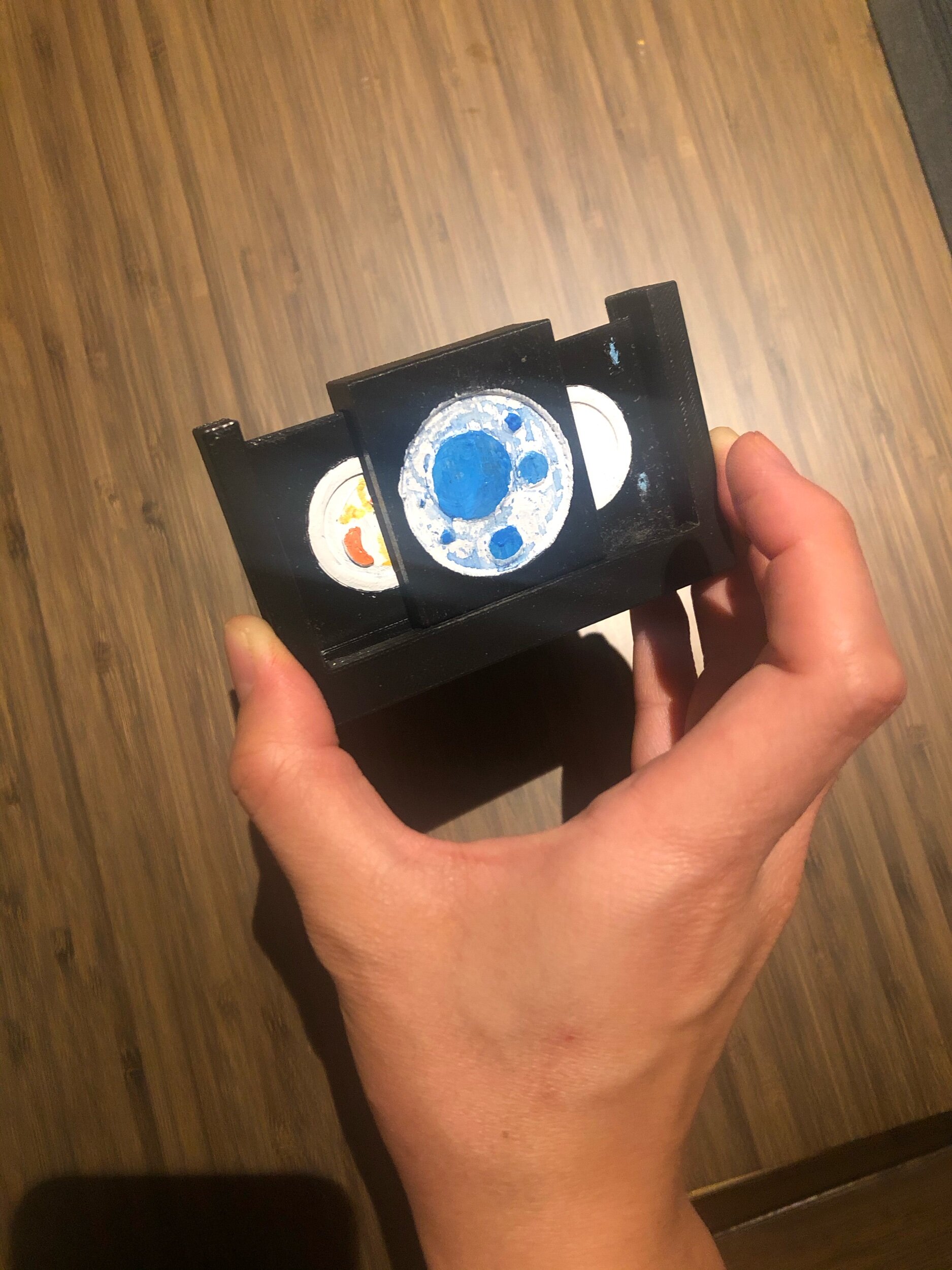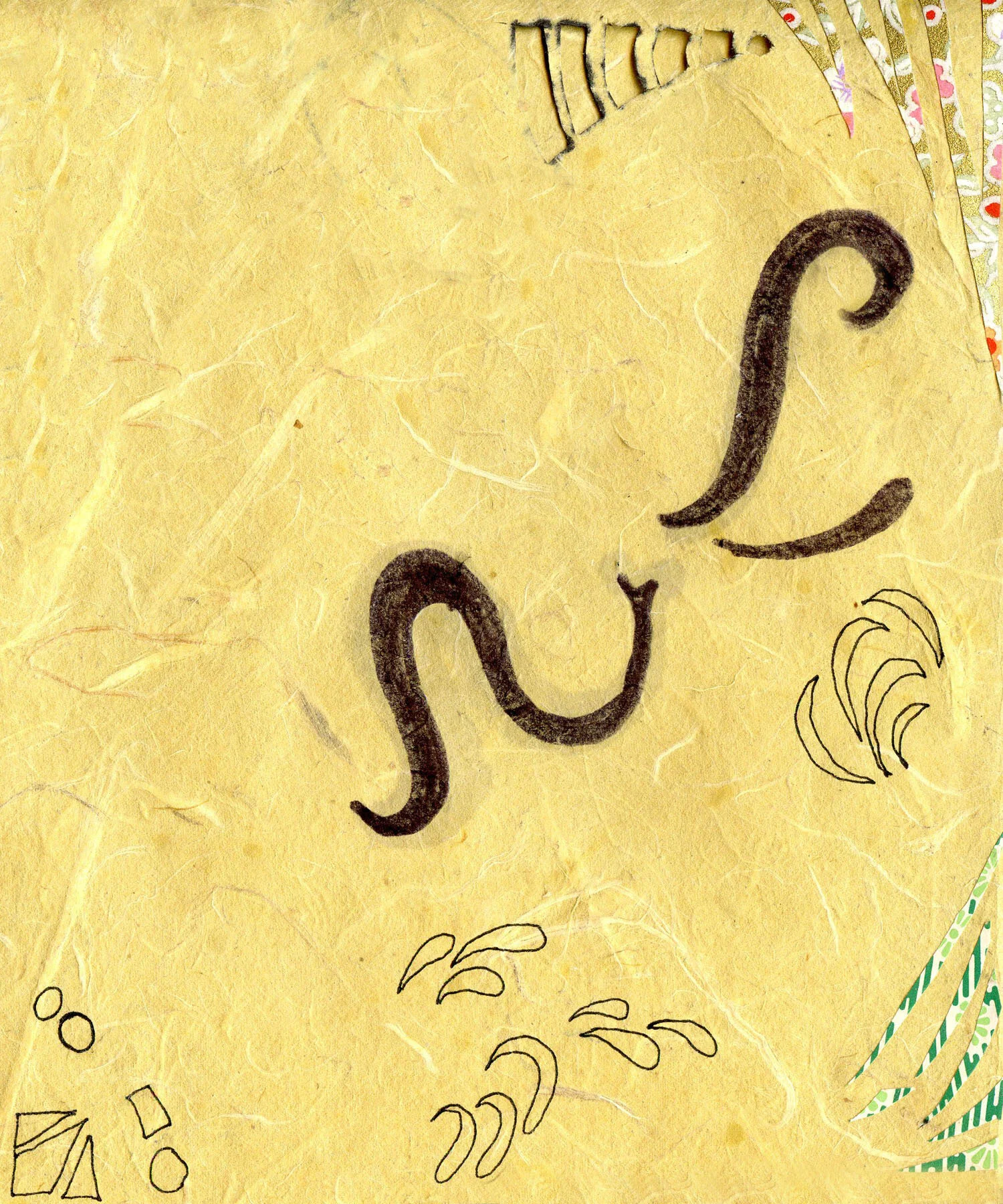Doing the work
Conducting interviews: My role focused on the US-based interviews in Texas, Florida, and New York. (Although I also got to flex my mother tongue, and moderated interviews in Germany remotely)
We focused on understanding the mindsets of the various actors:
How did HIV-positive patients make decisions around their care? What influenced their attitudes around their medication options? What were the barriers they experienced in living with HIV?
How did doctors come to make their recommendations?
What role do clinics play in supporting community members?
Senior executives and pharmaceutical representatives traveled with us and listened to patients’ stories. They had been there in the 80s and 90s, saw the impact their medication was able to have saving the lives of millions of people around the world. This was their first time meeting and listening first-hand to HIV patient experiences - learning of the challenges in coming to terms with the diagnosis, access to care, and adherence.































































